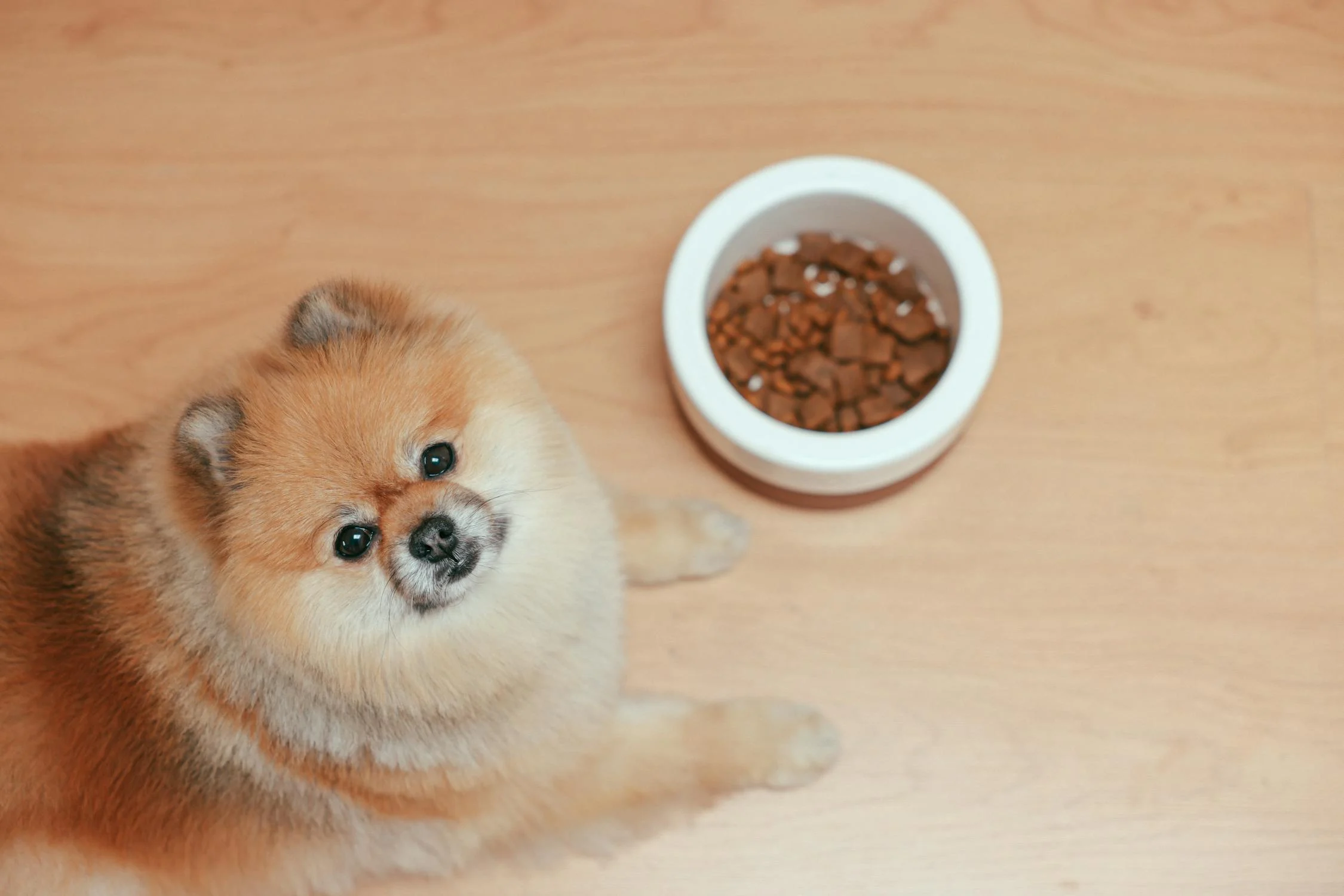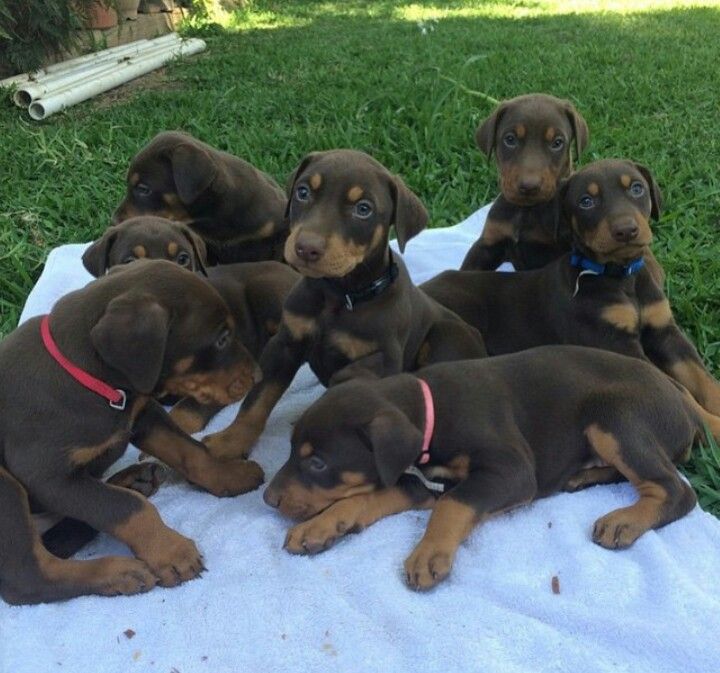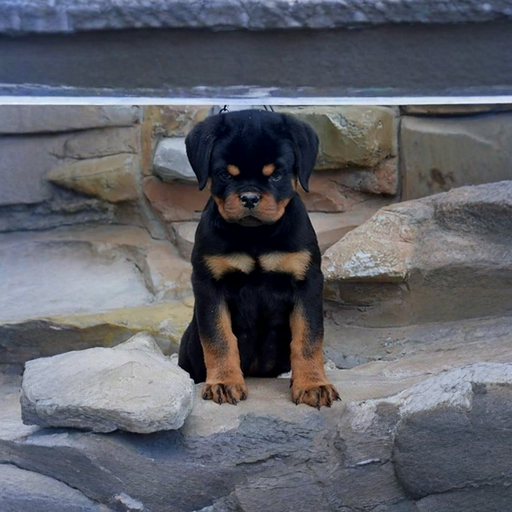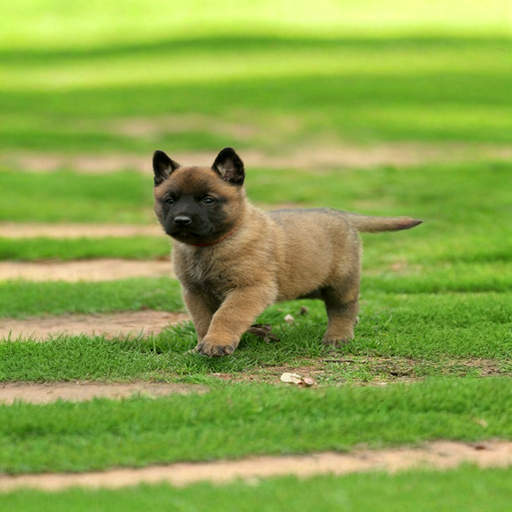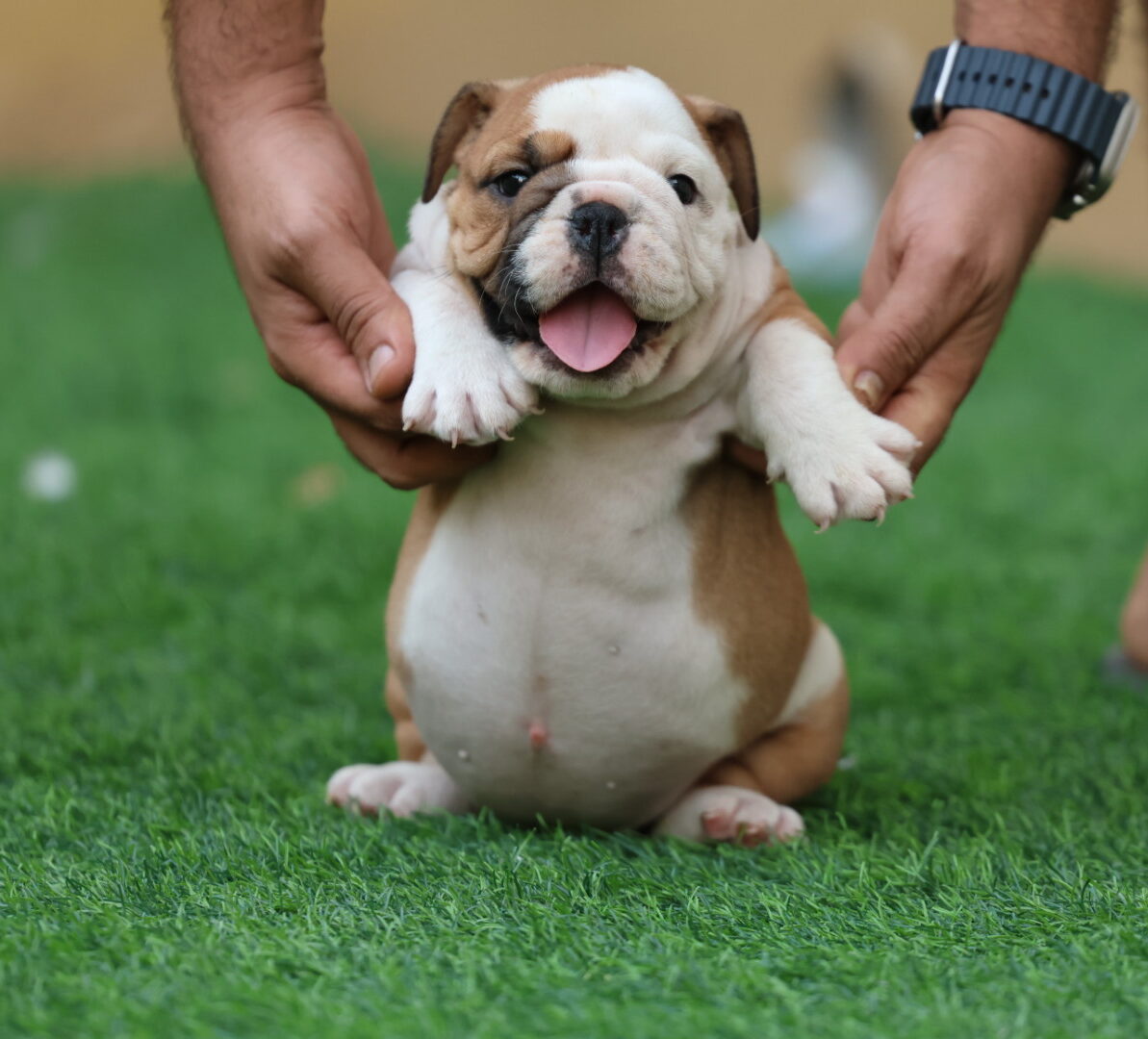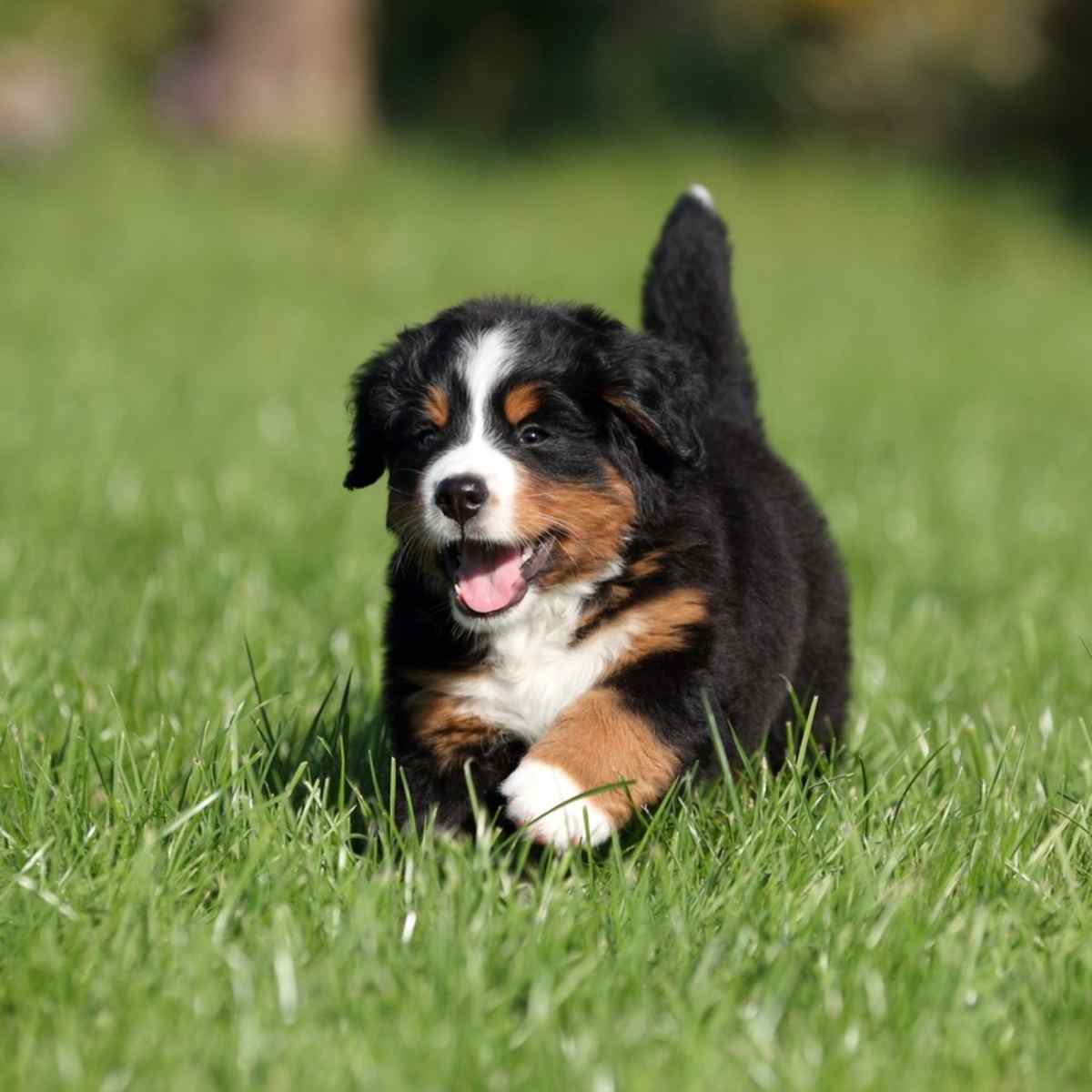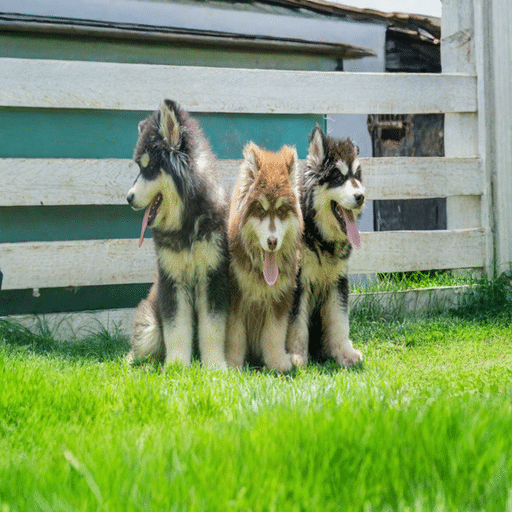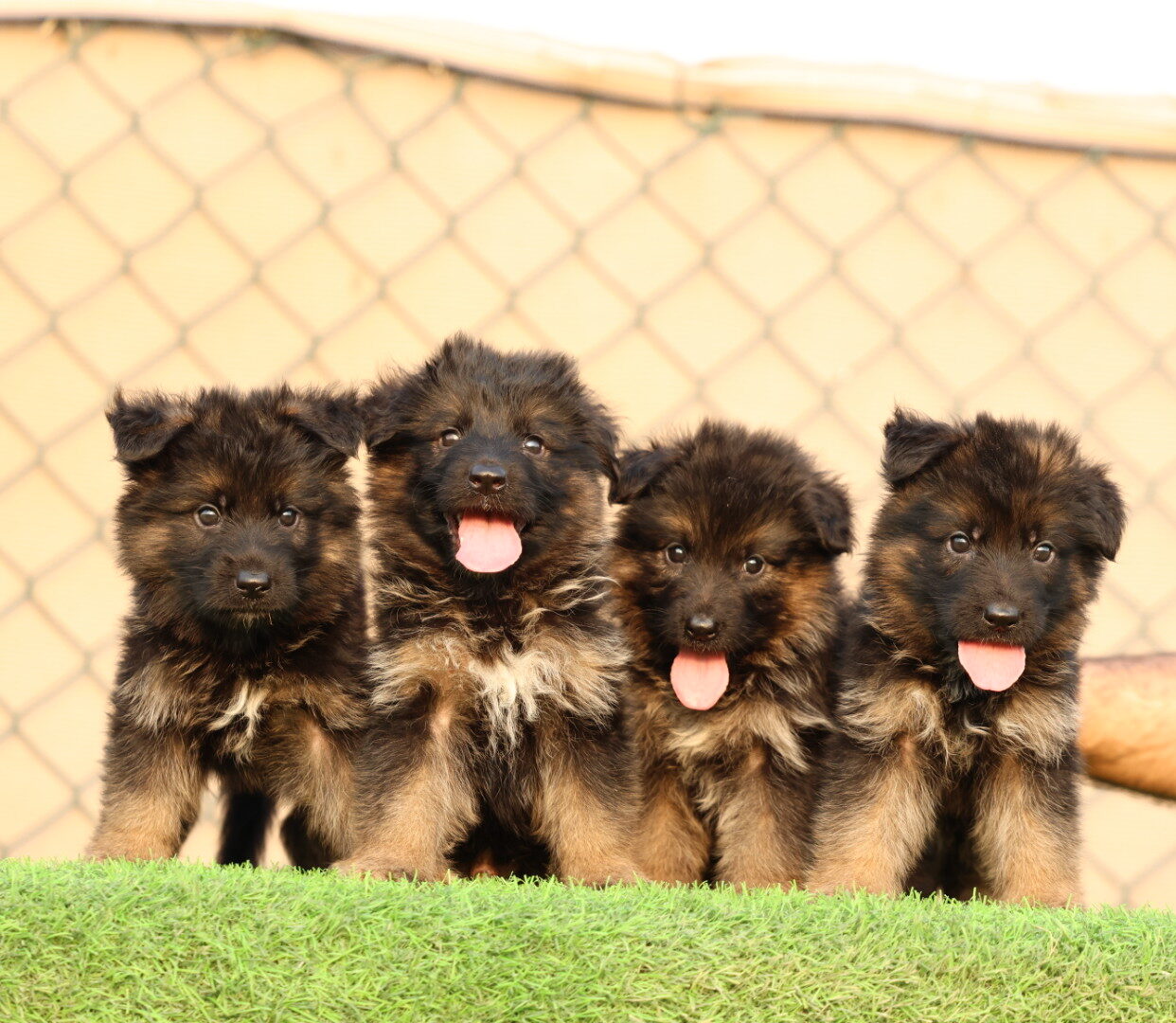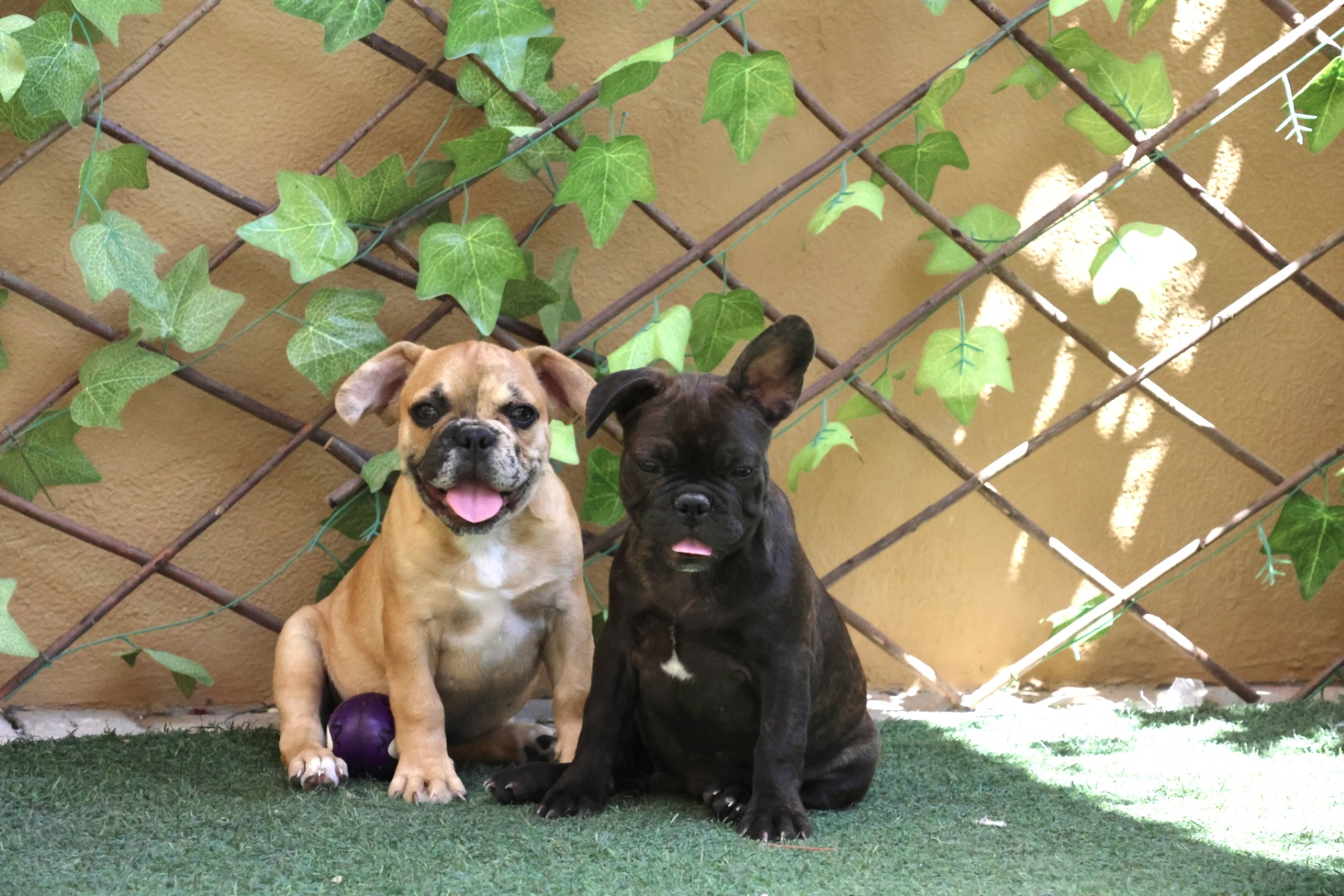How to Feed a Puppy for Healthy Growth – Vet-Approved Daily Guide
Understanding how to feed a puppy for healthy growth is essential for raising a strong, happy dog. From portion sizes to food types and feeding times, this guide covers everything you need to support your puppy’s development during those critical early months. Feeding your puppy correctly will help them grow at a healthy rate, avoid digestive issues, and build strong immunity.
1. Choose the Right Type of Puppy Food
Always select food labeled as “puppy formula” or “growth and development.” These are specifically formulated to meet the high protein, fat, and calcium needs of growing puppies. Avoid feeding adult dog food — it lacks essential nutrients required in the early stages of life.
2. Wet vs. Dry Food: Which Is Better?
- Dry kibble: Great for dental health, affordable, and long-lasting.
- Wet food: More palatable and easier for tiny puppies to chew.
Many puppy owners combine both. You can start with wet food during weaning and gradually introduce dry kibble around 8–10 weeks.
3. How Often Should You Feed Your Puppy?
Feeding frequency depends on your puppy’s age:
- 8–12 weeks: 4 meals a day
- 3–6 months: 3 meals a day
- 6–12 months: 2 meals a day
Consistency is key. Feed at the same times daily and don’t leave food out all day — this encourages overeating and disrupts potty training schedules.
4. Portion Sizes for Healthy Growth
Follow the feeding guidelines on your puppy food packaging, adjusting based on your puppy’s breed, weight, and activity level. Use a kitchen scale or measuring cup to avoid overfeeding. Rapid weight gain can stress developing joints and lead to long-term health issues.
5. How to Feed a Puppy for Healthy Growth Without Overfeeding
Weigh your puppy weekly and adjust food intake as needed. Consult your vet if you’re unsure. Puppies should have a visible waist and you should be able to feel — but not see — their ribs. A healthy puppy grows steadily without looking bloated or thin.
6. What About Treats?
Treats are great for training but should make up no more than 10% of your puppy’s daily calories. Choose healthy, puppy-safe treats and avoid giving human snacks like chocolate, grapes, onions, or salty chips — these can be toxic.
7. Fresh Water Is a Must
Alongside a proper diet, puppies need access to clean, fresh water at all times. Dehydration can lead to lethargy and digestive issues. Change the water daily and wash the bowl regularly to prevent bacteria build-up.
8. Feeding Tips for Puppies in the UAE
If you live in the UAE, keep in mind the climate. Puppies may need slightly more hydration and lighter meals in the hot months. Avoid feeding close to walk time during the day, especially in peak heat hours. Feed in a shaded, cool area indoors.
9. Transitioning to Adult Food
Most puppies switch to adult food around 12 months, depending on their breed. Large breeds (like German Shepherds or Rottweilers) may need to stay on puppy food until 14–16 months. Transition gradually over 7 days by mixing increasing amounts of adult food with puppy food to prevent stomach upset.
10. Common Feeding Mistakes to Avoid
- Overfeeding or free-feeding
- Feeding adult dog food too early
- Giving too many treats
- Changing food brands too often
- Not consulting your vet when unsure
Signs Your Puppy Is Eating Well
Healthy puppies have:
- Bright eyes and clean ears
- Firm stools
- Steady weight gain
- Shiny coat
- Plenty of playful energy
Final Thoughts
Feeding your puppy right is a foundation for lifelong health. By understanding how to feed a puppy for healthy growth, you’re giving your dog the best start in life. Stick to high-quality food, maintain a consistent routine, monitor their weight, and ask your vet if anything seems off. A healthy diet = a happy pup.
Helpful Resources
